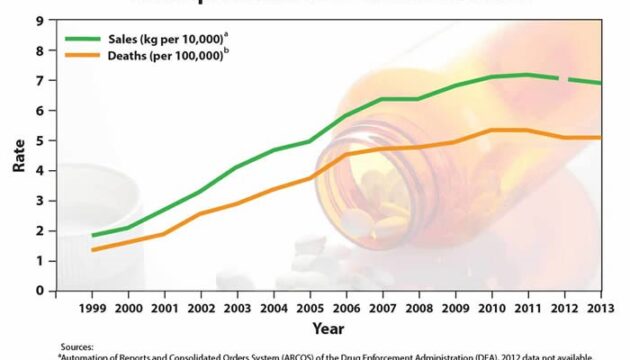Evidence Base
More from the Evidence Base Blog
-
A Medication Lock-In Program May Not Be the Easy Solution to the Opioid Abuse Epidemic That Congress Thinks It Is
Before anyone can propose effective solutions to this problem, we need to accurately quantify prescription opioid use and abuse in Medicare and continue to analyze the trends in opioid prescriptions as well as the characteristics of utilization.
Categorized in -
Medical Expenditure Risk: How Medicare Protects the Elderly and What Would Change with Proposed Reforms
Given the potentially devastating financial consequences of a health shock, it is crucial to understand the protection health insurance, in particular Medicare, offers against medical expenditure risk.
Categorized in -
The Baby Boomers Will Shift the Health Status of the Medicare Population
Predicted changes in health status of beneficiaries, coupled with increased life expectancy and a larger population aged 65 and older set the stage for significant changes to the overall Medicare program.
-
Does Consumer Spending React to Changes in Housing Wealth?
There are several mechanisms through which the link between housing market cycles and household spending may arise. The Great Recession of the last decade offers a unique opportunity to assess the extent to which household spending responds to changes in house values.
Categorized in -
Didn’t you Hear? The Understanding America Study is Here.
USC CESR has developed a strong yet sprightly polling tool – the Understanding America Study (UAS) – featuring a nationwide sample of citizens notable for its breadth and depth, necessary for precise results.
Categorized in -
Gearing Up for the ‘Giving Season’: Why do People Give?
It turns out the answer to the question ‘why do people give?’ is complex, but we have tools available to begin to answer it.
Categorized in -
For Vulnerable Populations, the Medicare Part D Doughnut Hole Disrupts Medication Adherence
Schaeffer Center researchers examined the impact of the Part D coverage gap on low-income and minority populations to determine if it changes individuals’ use of medications. Their findings show that the gap is particularly disruptive to minorities and low-income households.
Categorized in -
Understanding Fatigue Patterns in Breast Cancer Patients
Fatigue is a major symptom in cancer and it is particularly pronounced during treatment. To date, the proper management of cancer-related fatigue remains challenging for patients and healthcare providers and we know very little about the daily course of fatigue during chemotherapy.
Categorized in -
How do Student Researchers Become Experts in Health Care Data Analysis at USC? They Go To the Data Core
In the field of health care, some research can only be performed by getting into the depths of databases. So when a question of medicine or administration is asked, an expert must plunge into the numbers – and many of those valued employees are USC graduates, thanks to knowledge gained at the Schaeffer Center’s Data Core.
Categorized in -
What Do We Know, and How Do We Feel About Police Homicides in the US?
A year ago a Washington Post article posed an ominous question: How many police shootings take place a year? The answer was startling: No one knows.
Categorized in









